Retail lighting has moved beyond simple fluorescent tubes and incandescent bulbs. Today’s LED display lighting offers retailers cutting-edge illumination that transforms visual merchandising into an immersive experience. LEDs, or light emitting diodes, are semiconductors that emit colored light when activated electronically. By clustering red, green, and blue LEDs, lighting designers can construct vivid custom displays. This revolutionary technology provides retailers the tools to enhance branding, highlight products creatively, and draw customers into the retail space. With innovative LED fixtures and creative vision, retailers can craft engaging retail environments that attract shoppers and boost sales. LED display lighting enables lighting itself to become an integral part of the merchandising strategy.
- Types of LED Display Lighting
- The Energy Efficiency Edge with LED Display Lighting
- Unlocking Unlimited Custom Lighting with LED Displays
- Flexibility of LED Display Lighting
- Achieving Color Accuracy with High CRI LED Display Lighting
- LED Display Lighting Operating Temperature
- LED Display Lighting Durability
- Conclusion
Types of LED Display Lighting
There are several main types of LED display lighting systems:
– LED Strips – Flexible LED tape or ribbon with adhesive backing that can be installed under shelves, on top of displays, or around the edges of signage. Provide uniform illumination.
– LED Panels – Modular LED panels available in square or rectangular shapes that can be combined to form the desired size and shape. Provide uniform flood lighting.
– LED Wall Washers – Wall-mounted LED fixtures designed to graze light across walls, banners, photography backdrops, etc.
– LED Spotlights – Directional LED spotlights used to highlight areas of interest and draw attention, especially merchandise displays.
– LED Tube Lights – LED tubes designed to replace fluorescent tubes with more energy efficiency and longevity. Easy retrofit option.
– Pixel LED – High density LEDs mounted closely together and individually controllable to produce low resolution video or dynamic lighting effects.
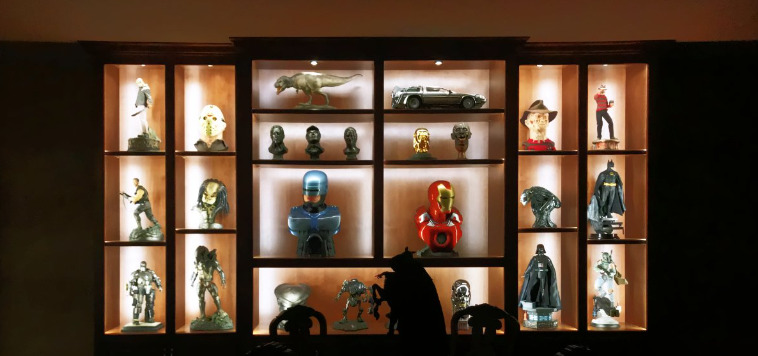
The Energy Efficiency Edge with LED Display Lighting
One of the most impactful benefits of transitioning to LED display lighting is dramatically reduced energy consumption. LED bulbs require up to 90% less electricity input than traditional incandescent lighting to achieve equivalent brightness. This exceptional efficiency results in significant cost savings on monthly electricity bills for retailers.
Beyond lower power usage, LEDs offer a lifespan up to 10 times longer than fluorescent counterparts before requiring replacement. By virtually eliminating lighting maintenance and downtime, LED fixtures provide consistent and uninterrupted illumination year after year. The long-term cost savings are substantial.
Additionally, LEDs generate minimal heat compared to other lighting resulting in lower HVAC expenses to cool retail spaces. Combined, the extended lifespan, cool operation, and ultra-low electricity usage of LED display lighting provide retailers both environmental and economic benefits. The energy efficiency edge enables retailers to reduce overhead costs and minimize environmental impact.
Unlocking Unlimited Custom Lighting with LED Displays
One of the most exciting capabilities offered by LED display lighting is the ability to customize lighting colors, effects, and ambiance. This opens up endless creative possibilities for retailers to craft unique lighting experiences.
At the core of LED lighting customization isRGB technology. By combining clusters of microscopic red, green, and blue LEDs, lighting designers can produce any color in the visible spectrum. Retailers can match lighting to brand colors for a signature look. Warm white or cool white temperatures set the mood.
With color changing RGB LED strip lights or LED tiles, retailers can program dynamic lighting sequences to transition through different colors and color temperatures. Imagine the ability to shift from an invigorating cool white during shopping hours to a relaxing warm white at closing time.
Individually addressable LED pixels take customization even further. Each LED can be individually controlled for low resolution video displays, animations, and interactive experiences. For example, a walkway can illuminate progressively matching a customer’s movement.
Advanced lighting controllers unlock LED lighting’s customization potential with easy programming. Settings can be scheduled to match promotions or holidays. Lighting scenes create the perfect ambiance for window displays or changing seasons.
Sophisticated sensors take custom LED lighting interactivity to new levels. Motion sensors can brighten a display when approached or occupancy data can adjust lighting needs. External data inputs like music, temperature, or sales metrics can also modify lighting in realtime.
The customizable nature of LED display lighting empowers retailers to make lighting an integral part of branding and merchandising strategies. With creativity and technology, LEDs are helping retailers tell their unique story.
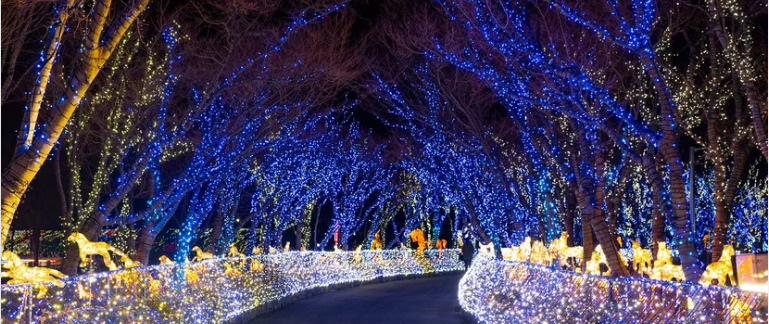
Flexibility of LED Display Lighting
The small footprint, low heat output, and adjustable beam angles of LEDs provide lighting designers great flexibility. LED strips fit into tight spaces and provide illumination exactly where needed. Directional LED spotlights allow pinpointing small areas without spill.
Retailers can experiment with different arrangements to best showcase products, signage, and decor elements. Track heads mean spotlights can be easily aimed as displays are changed. Modular LED panels also allow for rearrangement.
Achieving Color Accuracy with High CRI LED Display Lighting
Properly showcasing products in retail displays relies heavily on a lighting system’s ability to accurately render color. On the color rendering index (CRI) which measures color fidelity on a scale of 1-100, quality LED display lighting achieves CRI levels as high as 95-98 approaching natural daylight.
This high color accuracy stems from innovations in LED semiconductor materials and optics. Adjusting the spectral distribution during LED production allows manufacturers to tune light precisely across the color spectrum from warm to cool.
CRI specifically measures how faithfully a light source displays eight standard test colors compared to an ideal or natural light source. To score high on the CRI scale, LEDs must provide full spectrum illumination without overemphasizing certain wavelengths.
Low CRI lighting like old fluorescent or orange high pressure sodium bulbs skew color rendering by only emitting narrow bands of light spectra. This makes colors under low CRI light appear muted, washed out, or shifted in hue.
In contrast, high CRI 85+ or 95+ LED display lighting reveals colors accurately in their true vibrancy. For example, high CRI illumination enables retailers to display vivid red apparel without the drab muted red cast of low CRI lighting.
Warm white 2700-3000K LEDs with high CRI also prevent the harsh blue-tinged light associated with cool white sources. Instead, high CRI warm white LEDs provide inviting illumination with colors that appear natural to the eye.
For retailers, high CRI LED lighting builds trust by allowing customers to view merchandise and products as they’ll appear under natural lighting. Accurate color representation makes evaluating purchases easier. By investing in CRI 90+ LED display lighting, retailers can be confident products will shine under the best light possible.
LED Display Lighting Operating Temperature
LED performance and lifespan are maximized when operating temperatures are kept low. Effective heat sinking and thermal management help dissipate generated heat and improves LED efficiency. Quality LED fixtures are designed to operate optimally at suitable ambient temperatures.
Improper ventilation that allows LEDs to overheat will drastically reduce their rated lifetime hours. Following manufacturer guidelines prevents overheating and ensures expected operation.

LED Display Lighting Durability
LEDs are solid state lighting technology without fragile filaments or glass enclosures. They are resistant to vibrations and shocks that would damage incandescent bulbs. This durability makes LEDs ideal for active retail spaces where displays and merchandising are updated regularly.
Waterproof LED strips and IP-rated LED fixtures can also withstand spilled liquids and exposure to steam. Vandal-resistant LED options are designed to prevent tampering in public areas. These durability features minimize lighting repairs and replacement costs.
Conclusion
In summary, LED display lighting offers retailers many benefits compared to traditional lighting:
– Energy efficiency with lower electricity costs
– Customizable lighting color, effects, and animations
– Flexible placement for optimal display illumination
– High CRI improves color accuracy and appeal
– Durable and waterproof for high traffic areas
– Long 50,000+ hour rated lifespan
– Dynamic programmable lighting for engagement
With the right LED fixtures and design, retailers can create eye-catching displays, an inviting ambiance, and consistent lighting that showcases products attractively. LED lighting gives retailers advanced illumination capabilities to engage customers and boost store sales.
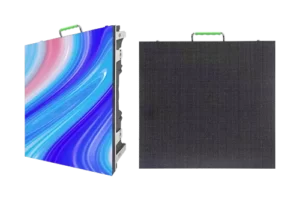


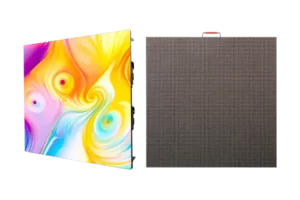
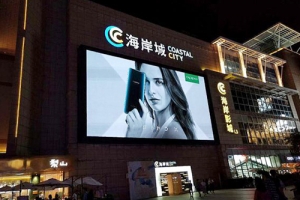


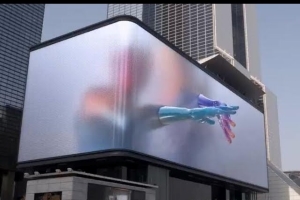
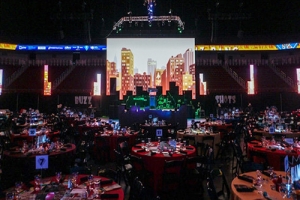

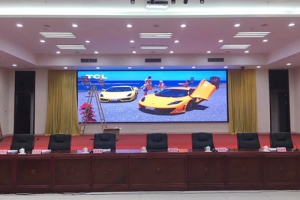
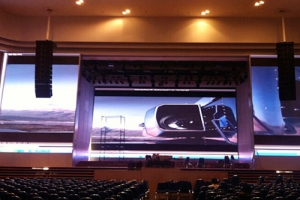
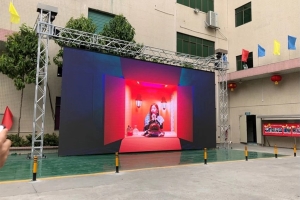
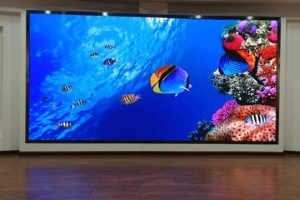
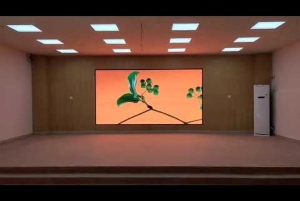
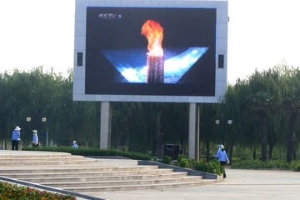


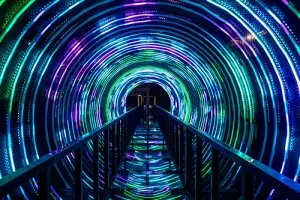


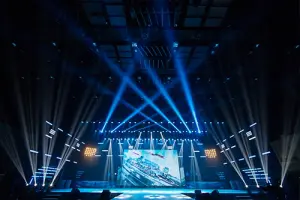
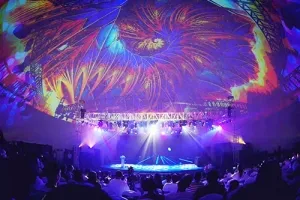
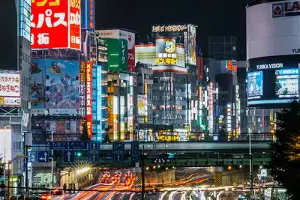
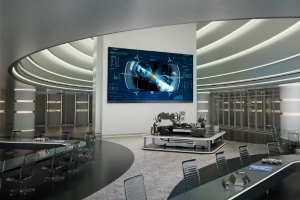






 Language
Language 




